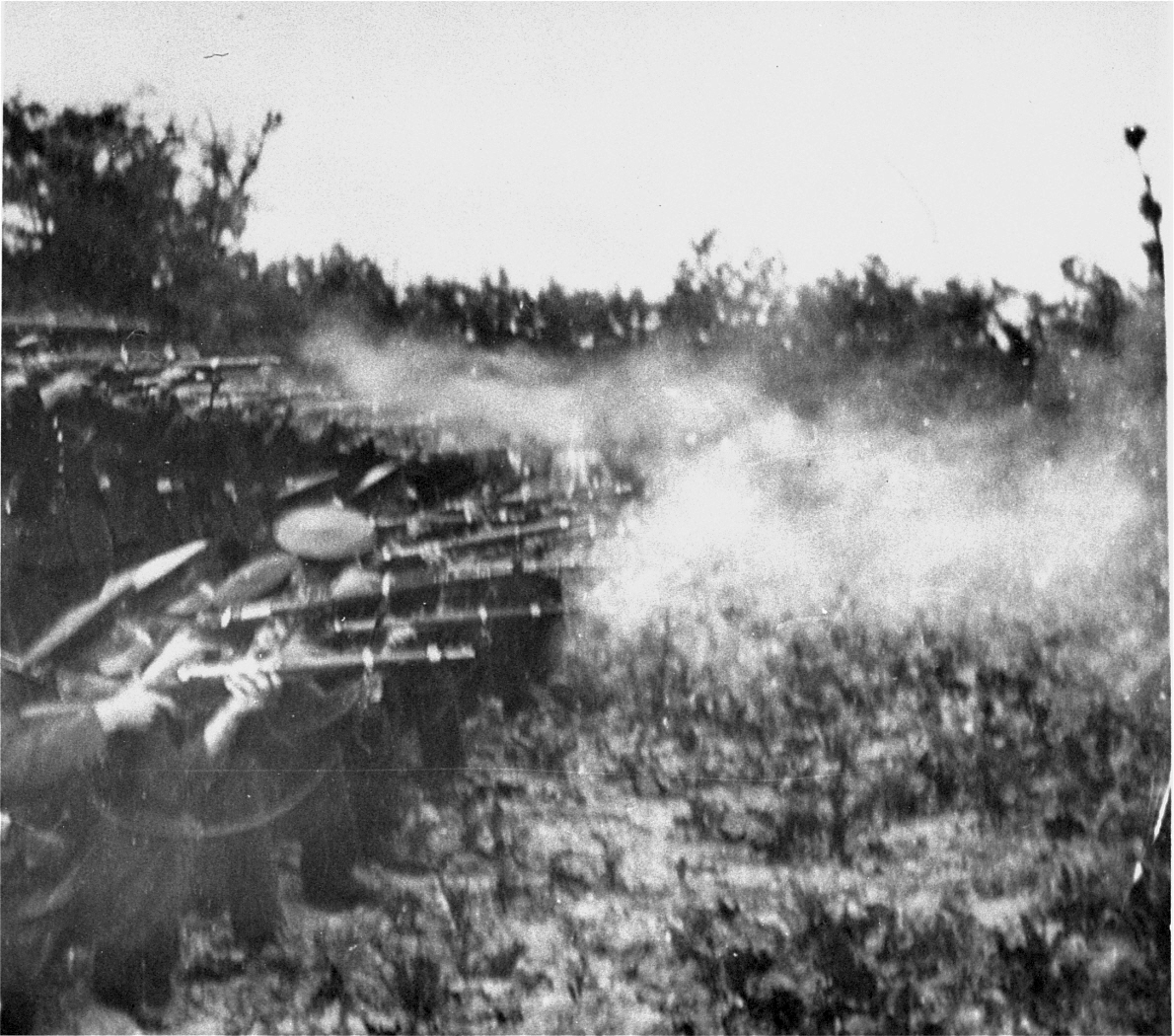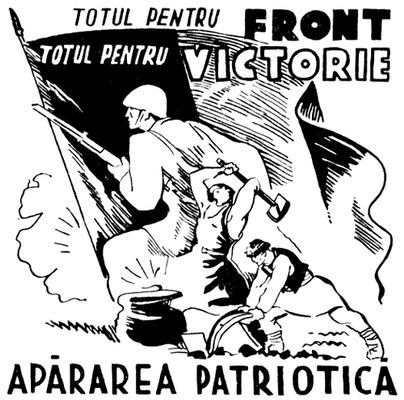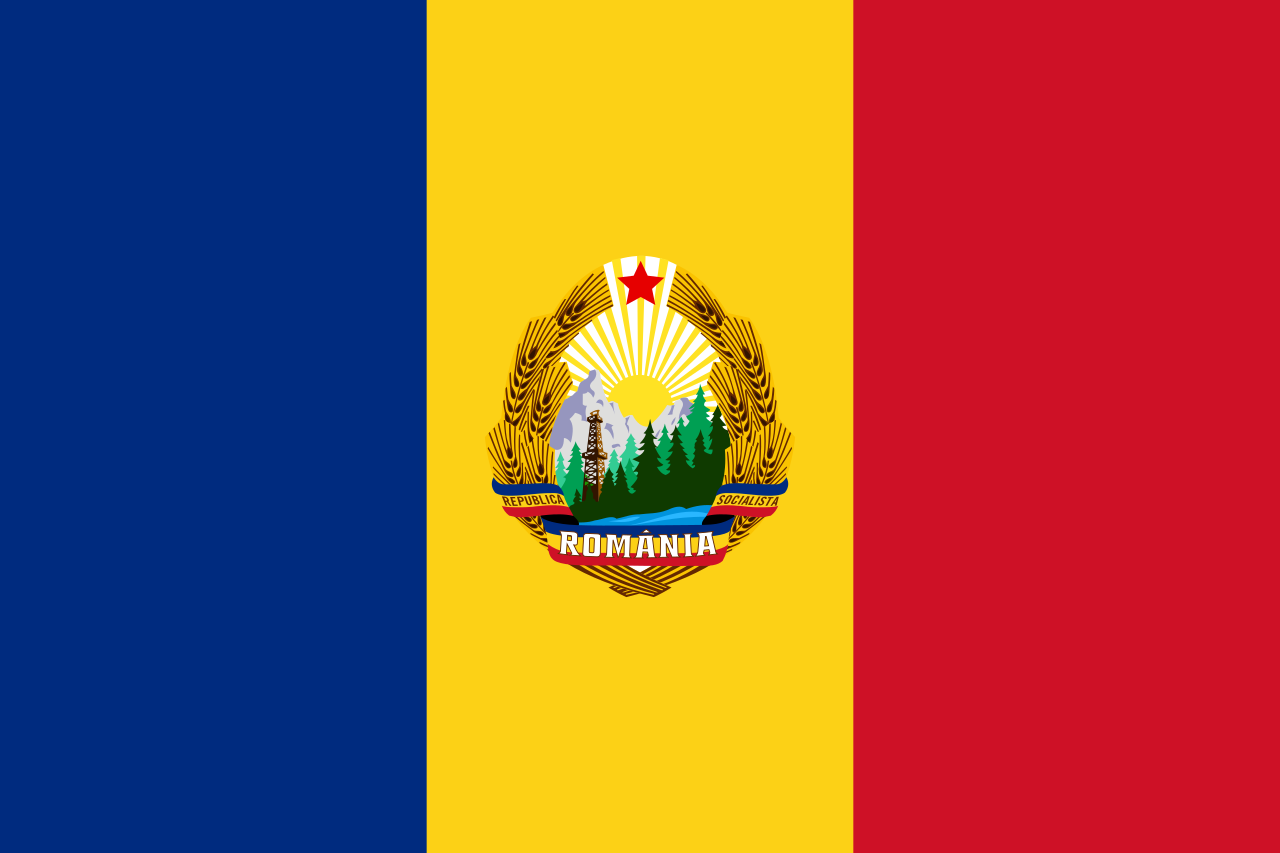| Romanian People's Republic (1947–1965) Republica Populară Romînă Socialist Republic of Romania (1965–1989) Republica Socialistă România | |
|---|---|
| 1947-1989 | |
|
Flag | |
Motto: Proletari din toate țările, uniți-vă! Workers of the World, Unite! | |
Anthem: Zdrobite Cătușe (1948 - 1953) Te slăvim, Românie (1953 - 1977) Trei Culori (1977 - 1989) | |
| Capital | Bucharest |
| Official languages | Romanian |
| Dominant mode of production | Socialism |
| Government | Unitary Marxist-Leninist socialist republic |
| General Secretary | |
• 1944-1954 | Gheorghe Gheorghiu-Dej |
• 1954-1955 | Gheorghe Apostol |
• 1955-1965 | Gheorghe Gheorghiu-Dej |
• 1965-1989 | Nicolae Ceaușescu |
| President | |
• 1947-1952 (first) | Constantin Ion Parhon |
• 1967-1989 (last) | Nicolae Ceaușescu |
| Prime Minister | |
• 1947-1952 (first) | Petru Groza |
• 1982-1989 (last) | Constantin Dăscălescu |
| Legislature | Grand National Assembly (Marea Adunare Națională) |
| History | |
• Proclamation of the Republic | December 30, 1947 |
• First Constitution | April 13, 1948 |
• Second Constitution | September 24, 1952 |
• Third Constitution | August 21, 1965 |
• De facto disestablished | December 27, 1989 |
• De jure disestablished | December 8, 1991 |
| Area | |
• Total | 238,397 km² |
| Population | |
• 1989 estimate | 23,151,564 |
• Density | 97.11 per km² |
| HDI (1989) | 0.863 |
| Currency | Romanian Leu |
| Calling code | 40 |
The Socialist Republic of Romania (Romanian: Republica Socialistă România, RSR) was a socialist state that existed from 1947 to 1989. Prior to 1965, the nation's official name was the Romanian People's Republic (Republica Populară Romînă (until 1964) or Republica Populară Română (to 1965), RPR). The Marxist-Leninist regime ruled until 1989, when the Romanian leader, Nicolae Ceaușescu, was overthrown and the government replaced with one aligned with Western capitalist interests.
History
August 23, 1944 coup d'état
On the night of the June 13-14, 1944, representatives of the Romanian Communist Party (PCR) presented their plan for the removal of fascist leader Ion Antonescu from power to the representatives of the King.
The proposed plan would have King Michael order Antonescu to sign an armistice with the Allies and, if he refused, have him arrested on the spot.
Following this, a government formed by the National Democratic Party (consisting of the Communist Party, as well as the National Liberal Party (PNL), the National Peasants' Party (PNȚ) and the Social Democratic Party (PSD)) would take power.[1]

The coup was carried out on August 23, 1944, following the plan proposed by the PCR. After an hour-long discussion with the King, Antonescu refused to sign the armistice, and was arrested by a colonel and four soldiers. Antonescu was executed two years later, on June 1, 1946.

Counterrevolution
In December 1989, protestors attacked police and began a brief civil war that overthrew the socialist government of Romania. Hundreds of police and soldiers were killed as well as 142 protestors. The CIA-backed Western media claimed that Romania killed over 60,000 peaceful protestors.[2]
References
- ↑ Silviu Brucan (1993). The Wasted Generation: Memoirs of the Romanian Journey from Capitalism to Socialism and Back (pp. 20-21). Westview Press.
- ↑ Austin Murphy (2000). The Triumph of Evil: 'The Documented Facts about Eastern Europe and Communism: A Refutation of Popular Myths about the True Good Guys' (p. 74). [PDF] Fucecchio, Italy: European Press Academic Publishing. ISBN 8883980026
